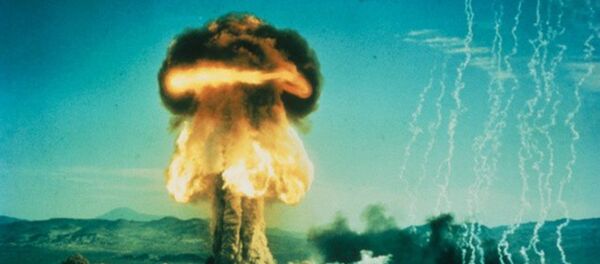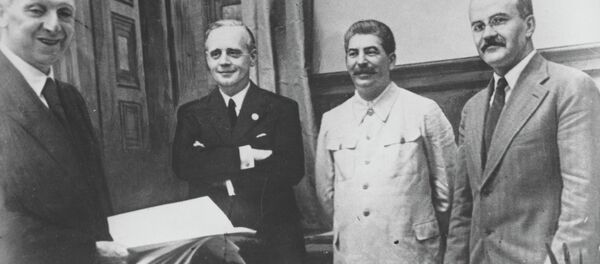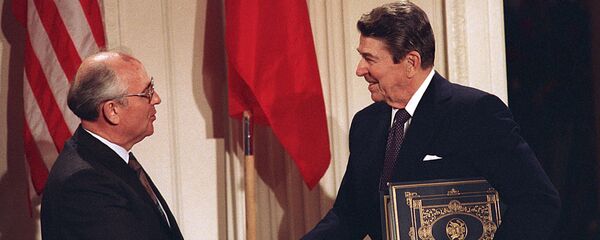On August 29, 1949 the Soviet Union detonated its first atomic bomb, RDS-1, at the Semipalatinsk test site and became the second country to possess nuclear capabilities.
Since the early 1940s, the US had poured money into its nuclear research project. A monopoly on nuclear weapons could provide a nation with an unbeatable advantage and paved the way for the global hegemony.
The Soviet Union was aware of the American plan to create an atomic bomb — the 20th century's key game changer. In September 1942, the Soviet government launched its own nuclear project.
Although the equipment of the Soviet scientists and designers was very primitive at that time, they made a genuine breakthrough in the 1940s. On the other hand, invaluable data on the American plutonium bomb obtained by secret agents allowed the Soviet nuclear physicists to avoid errors when creating the RDS-1.
But why was the USSR in a hurry? It is worth mentioning that after the Second World War, the US and UK military chiefs developed a number of "first-strike" plans targeting the Soviet Union, which was then weakened and exhausted by the war. Between 1945 and 1949, the Pentagon developed at least nine nuclear war plans, experts say.
"Not only was the severely weakened Soviet Union not a military danger [to the US] (its 1950 GNP was $65 billion compared to the US $250 billion), there was at that time, no combination of formal military forces that could have seriously threatened the United States or any area of the world it chose to defend," American scholar J.W. Smith pointed out in his book "The World's Wasted Wealth 2: Save Our Wealth, Save Our Environment."
The Pentagon planners envisaged that the USSR would be destroyed by an American nuclear attack and be unable to strike back.
"After the formation of NATO and the early deployment of US nuclear and conventional weapons [in Europe], US planners were "surprised and dismayed" when the Soviets exploded an atomic device in 1949," Smith noted.
Indeed, Washington's military strategists believed that they would enjoy the nuclear monopoly longer. Interestingly enough, in accordance with the Pentagon's Dropshot plan, the US had been slated to launch a massive nuclear strike against the USSR in 1957.
However, "[i]n response to this unsettling news, the United States and its allies rapidly increased their offensive forces," Smith remarked.
Experts suggest that if the USSR had not created its nuclear bomb, it would most likely have been destroyed by the United States or at least would have lost its sovereignty.
According to official statistics, eight powers now possess nuclear weapons, namely Russia, the US, the UK, France, China, India, Pakistan and North Korea. It is believed that Israel also has its own nuclear arsenal; however, Jerusalem still refuses to announce it officially.





